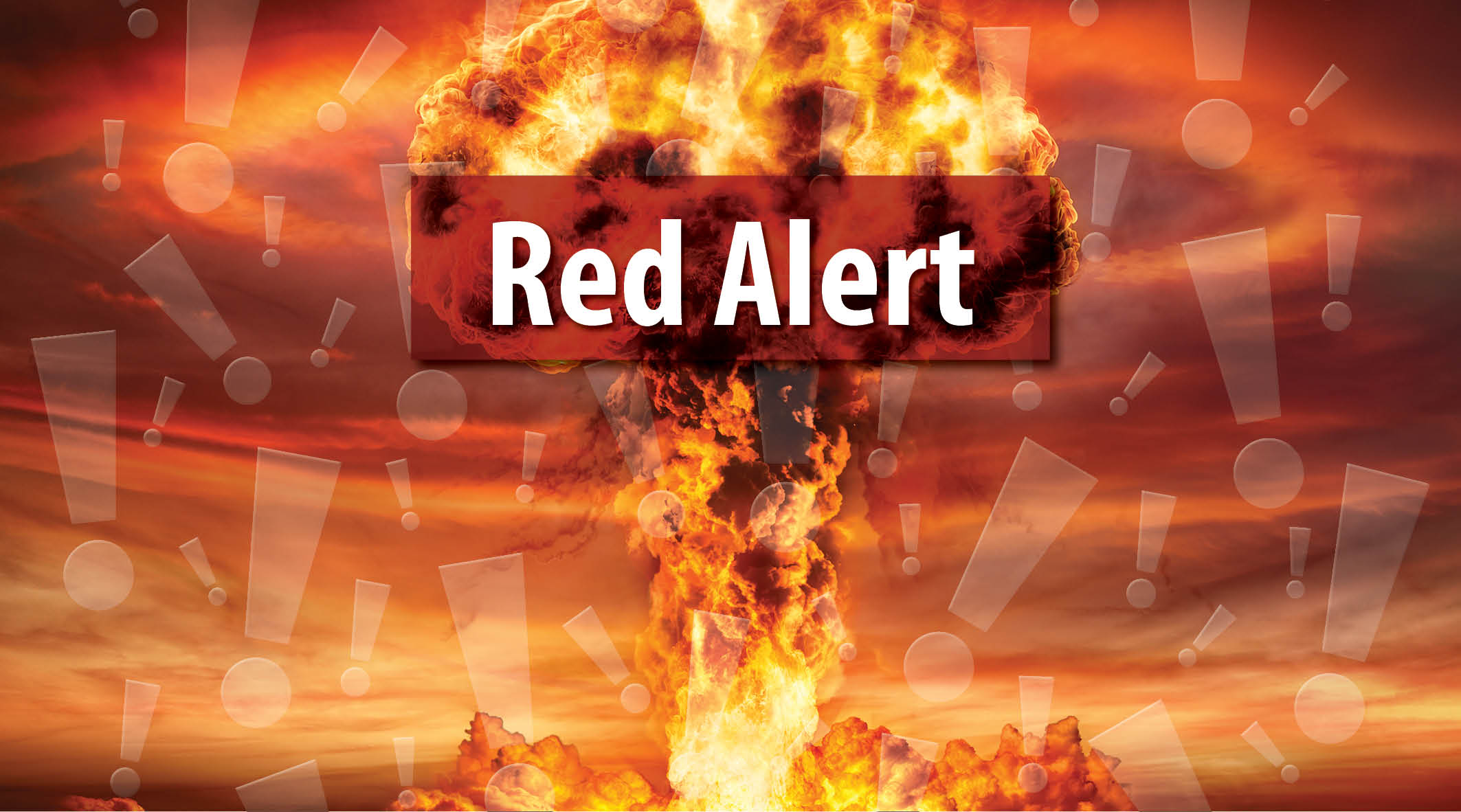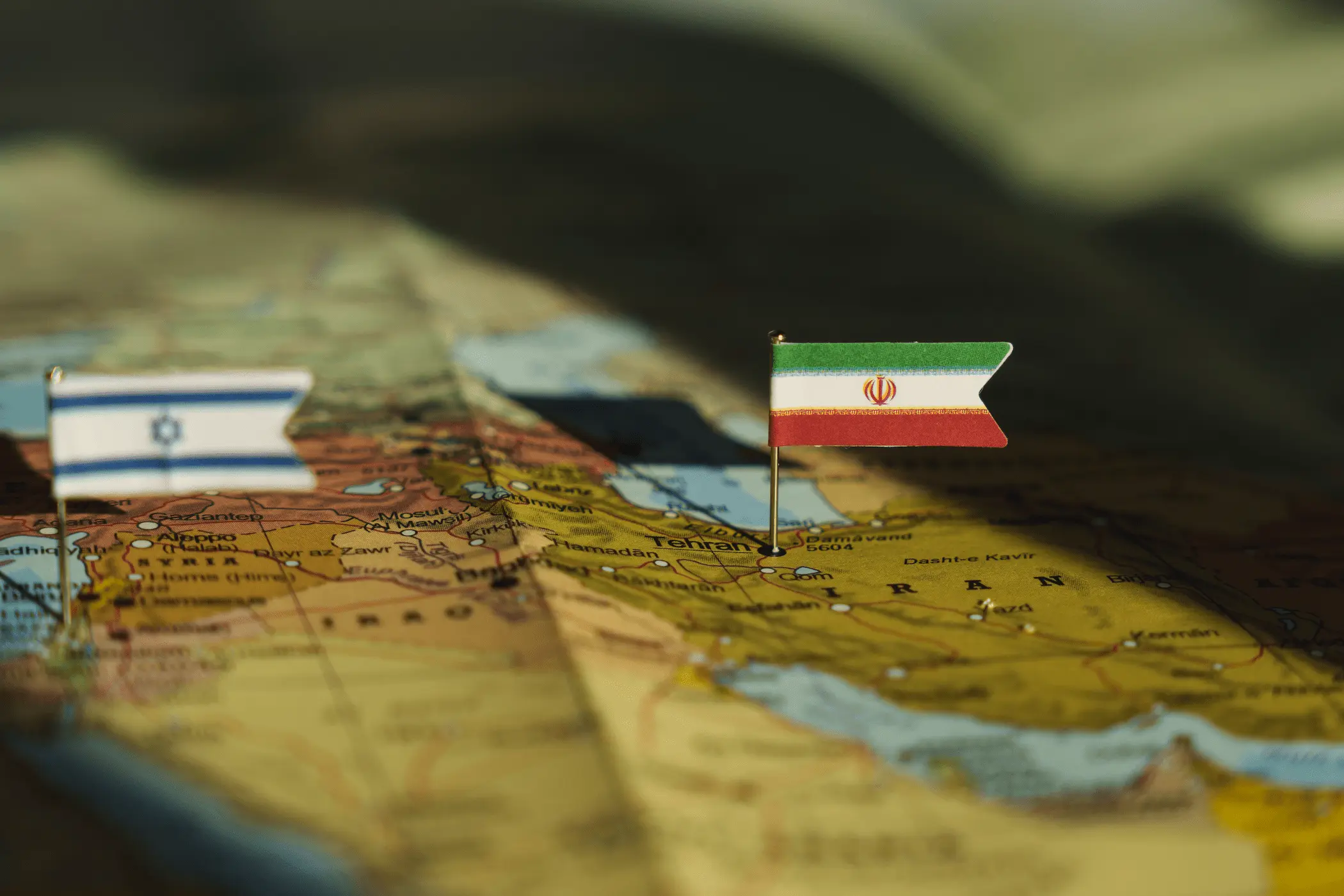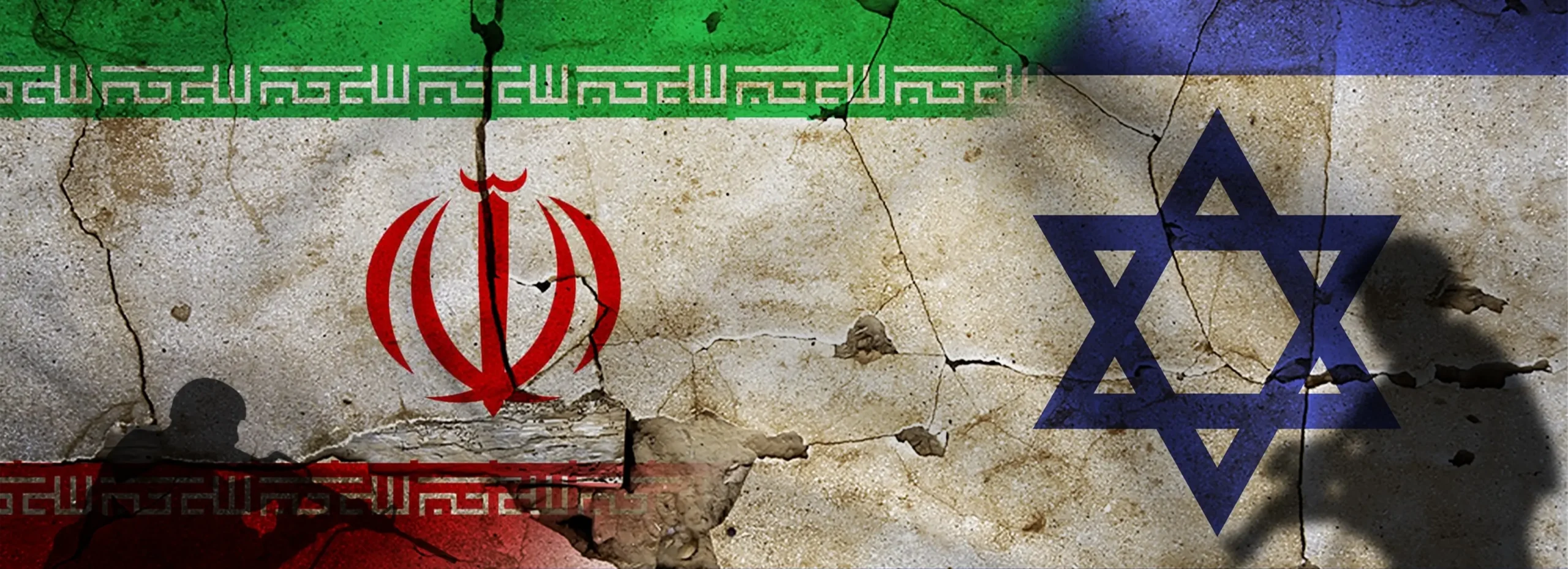22 Jun 2025
Red Alert: Will the US Use a Tactical Nuclear Bomb Against Iran?
On June 22, U.S. President Donald Trump announced that, using its “bunker buster” bomb, the United States had launched an attack on Iran’s Fordow nuclear facility. While Trump declared the strike a success, the complete destruction of the facility remains unconfirmed. This raises a critical question: will Trump consider using a tactical nuclear weapon to ensure its elimination?
Tactical nuclear weapons, unlike strategic ones, are smaller in yield and designed for targeted use on the battlefield rather than for widespread destruction. Though less devastating in scale, their use would carry serious regional and global repercussions.
22 Jun 2025
Iran and Israel: The War That Will Redraw the Middle East
The war between Iran and Israel is arguably a war of survival for the regime in Iran. Attacking Iran seemed to be a logical step for Israel after almost destroying its arms of proxies in the region. the regime, which stands on three pillars, namely, its conventional missile arsenal, its extensive network of regional proxy forces, and its nuclear program, is facing a war of attrition that might eventually end the very survival of the regime. The fall of the regime in Iran goes beyond mere regime change, rather, it is considered a state collapse.
The collapse of the Iranian state would have dire consequences for the region. However, the possibility of the regime surviving remains a significant scenario. While the fall of Iran is widely regarded as a regional catastrophe, its continued survival, particularly with Tehran asserting itself as a regional superpower, could prove even more destabilizing for Israel and its allies. Both outcomes carry profound regional and global implications, signalling a transformation in Middle Eastern geopolitics. The pressing question is not whether change is coming, but rather: what will the new Middle East look like?
11 Feb 2025
What Is Beyond the USAID Controversy?
Recent decisions by U.S. President Donald Trump cutting aid to foreign countries and dismantling the U.S. Agency for International Development (USAID) have sparked global backlash. While the impact of cutting aid is substantial, the broader significance of this move cannot be overlooked. It reflects a deeper shift in the Trump administration’s foreign policy strategy. But what are the implications for the U.S. and its adversaries?
5 Nov 2024
Political Financing: Motivations and Barriers in the Race to the White House
Winning a U.S. presidential election hinges on a complex interplay of factors, among which campaign strategies, candidate credentials, media influence, public accessibility, socioeconomic contexts, and voter sentiment are key. Yet, the fundraising and resource allocation process is central to these dynamics—the driving force that propels these elements toward a more significant impact. Fundraising serves as both the lifeblood of the campaign machinery and a catalyst for enhancing the effectiveness of other campaign components. Consequently, extensive research has studied the correlation between financial backing in U.S. presidential campaigns and candidates' success. Although findings vary widely, a consensus has emerged around the essential role of funding in mounting a viable campaign. Divergences among studies, however, suggest that the sheer volume of funds raised does not consistently predict electoral success. This nuance became particularly evident in the 2016 and 2020 presidential campaigns, where the connection between campaign financing and the likelihood of victory appeared less direct, signalling a shift in campaign financing dynamics and evolving voter priorities.
On the other hand, the scale and nature of campaign funding reveal insights into voters’ preliminary preferences, political leanings, and a potential president's anticipated priorities and agenda. Campaign funding reflects the candidate's backing base and hints at the strategic tools and priorities the next administration might emphasise. This analysis thus examines the funding sources behind the Democratic and Republican presidential campaigns—the largest and most competitive contenders for the White House.
3 Nov 2024
Harris’s Hollywood vs Trump’s Evangelicals
As the U.S. election looms, former President Donald Trump and Vice President Kamala Harris are both working to mobilise their supporters, ensuring strong voter engagement by Election Day on November 5. While both campaigns employ similar tactics, the Harris campaign has followed recent Democratic strategy by leveraging celebrity endorsements to inspire younger voters, who historically have lower turnout rates but tend to lean Democratic. This challenge with young voters, contrasts with the Trump campaign’s stronger base among White Evangelicals, who, despite not making up a majority of the population, reliably vote in large numbers across the United States (U.S.). The Harris campaign’s reliance on Hollywood celebrities highlights the industry’s alignment with liberal causes and the need to mobilise young voters, compared to the consistent support Trump receives from conservative religious groups, who form a reliable voter base. The divide between Harris’s Hollywood and Trump’s Evangelicals is another representation of another dividing line in the U.S. and raises questions.
29 Jul 2024
What’s Next for Kamala Harris?
It has been an extremely eventful month for the United States. In the span of just one month, we have seen a disastrous debate performance by President Joseph Biden, the attempted assassination of former President Donald Trump, a coup fomenting among Democrats against Biden, Biden contracting COVID-19, and finally, Biden dropping out only 107 days before Election Day and endorsing Vice President (VP) Kamala Harris as the Democratic Party candidate.
All accounts of Biden’s decision suggest that what finally convinced the 81-year-old was not pressure from fellow Democrats to drop out — despite Biden insisting he would stay in the race a day before his announcement — but rather polling conducted by his campaign in key battleground states, which essentially showed that he had no path to the Oval Office and would additionally have to spend significantly in Virginia and New Mexico, states that were considered safely Democratic.
This isn’t the first time an incumbent president has decided to bow out of a presidential election. In 1968, President Lyndon B. Johnson (LBJ) did the same, leading to an open Democratic Convention that, coupled with the anti-war movement, resulted in rioting in the streets of Chicago. Similarly, following Biden’s decision, the Democratic Party will be having an open convention in August at a time of high political polarisation. When LBJ announced he would not seek reelection, he gave the Democratic Party 219 days to assemble and organise; they failed to do so and lost the election. Biden has only given the Democratic Party and their chosen candidate — almost certainly VP Kamala Harris — 107 days to run a campaign against Donald Trump, whom Biden has consistently described as the greatest threat to American democracy in the country’s history.
Biden’s decision raises significant questions, the most significant being does Kamala Harris have enough time to mount a serious campaign in less than four months?
17 Apr 2024
The Fallout of Escalating Iranian-Israeli Tensions
The Iranian Revolutionary Guard's Air Force made a historic move by launching a direct assault on Israel in an operation dubbed "The True Promise," marking the first instance of such an attack originating from Iranian territory. Late on Saturday, April 13, 2024, Israeli cities were subjected to a relentless barrage of drones and ballistic missiles, signalling a significant escalation in tensions between the two nations. This offensive action follows Iran's earlier pledge to retaliate against Israel for its targeting of the Iranian consulate in Damascus, an incident that resulted in the deaths of seven Revolutionary Guard members, including two high-ranking leaders, on April 1.
This calculated escalation underscores Iran's unwavering commitment to defending its sovereignty and national interests while bolstering regional security. The global spotlight now shifts to the scale, sophistication, and broader implications of Iran's strike against Israel.
The Iranian assault on Israeli soil marks a pivotal moment in the ongoing conflict between the two adversaries, thrusting their hostilities from the shadows into the open arena of direct confrontation.
Against this backdrop, the Israeli response hinges on several key factors. Firstly, the extent to which Iranian proxies, such as the Houthis and Hezbollah, may actively participate in the conflict will influence Israel's strategic calculus. Secondly, the response will be shaped by the presence or absence of casualties among Israeli forces, as well as the effectiveness of its defence systems, bolstered by support from the United States, in mitigating potential damage. Lastly, how Israel opts to retaliate will be of paramount importance in determining the trajectory of the conflict.
Consequently, this analysis aims to elucidate the attack's ramifications and its economic repercussions on the parties involved in the conflict.






